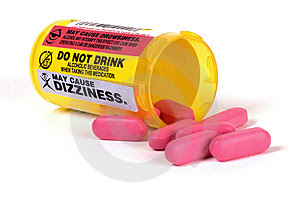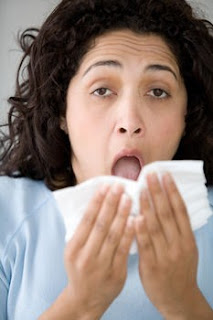
The Facts about blood pressure
Why is blood pressure important?
Blood pressure is important because the higher your blood pressure is, the higher your risk of health problems in the future.
If your blood pressure is high, it is putting extra strain on your arteries and on your heart. Over time, this strain can cause the arteries to become to become thicker and less flexible, or to become weaker.
If your arteries become thicker and less flexible, they will become more narrow, making them more likely to become clogged up. If an artery becomes completely clogged up (known as a clot), this can lead to a heart attack, a stroke, kidney disease or dementia.
More rarely, if an artery has become weakened, the extra strain may eventually lead to the artery bursting. This may also cause a heart attack or stroke.
The good news is that there are many ways in which you can lower your blood pressure and put less strain on your arteries and heart.
Read More
Why is blood pressure important?
Blood pressure is important because the higher your blood pressure is, the higher your risk of health problems in the future.
If your blood pressure is high, it is putting extra strain on your arteries and on your heart. Over time, this strain can cause the arteries to become to become thicker and less flexible, or to become weaker.
If your arteries become thicker and less flexible, they will become more narrow, making them more likely to become clogged up. If an artery becomes completely clogged up (known as a clot), this can lead to a heart attack, a stroke, kidney disease or dementia.
More rarely, if an artery has become weakened, the extra strain may eventually lead to the artery bursting. This may also cause a heart attack or stroke.
The good news is that there are many ways in which you can lower your blood pressure and put less strain on your arteries and heart.
Read More



























